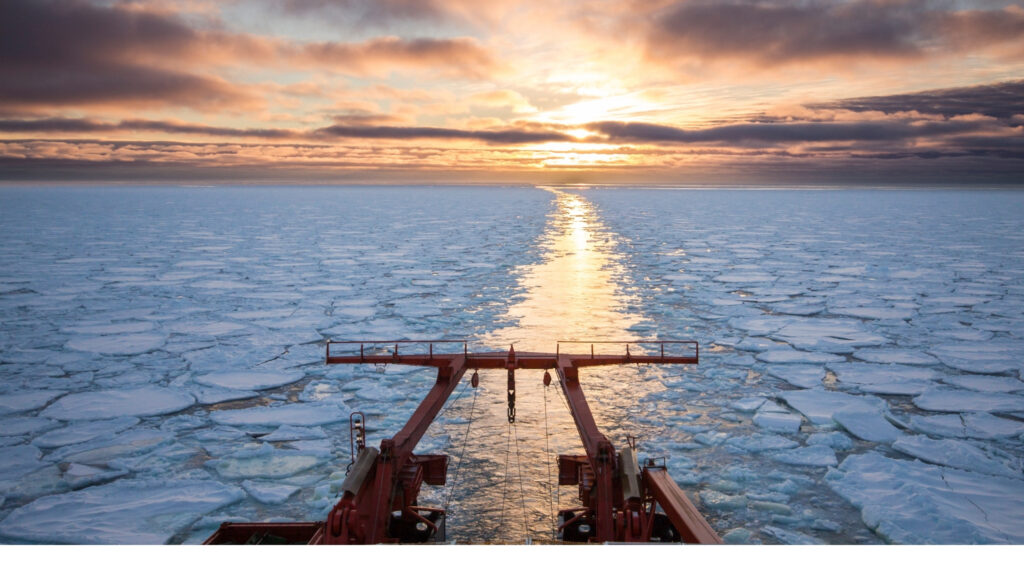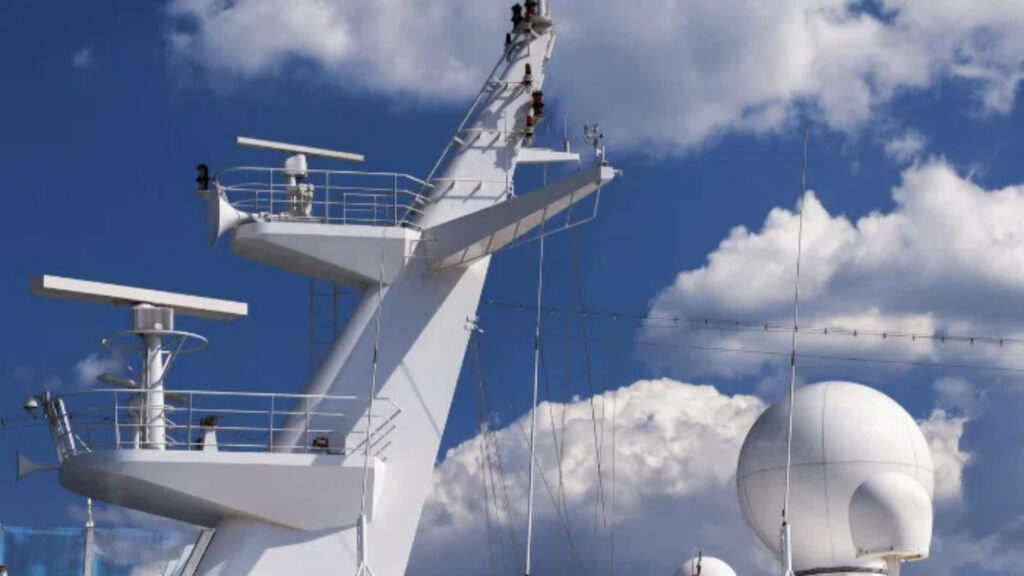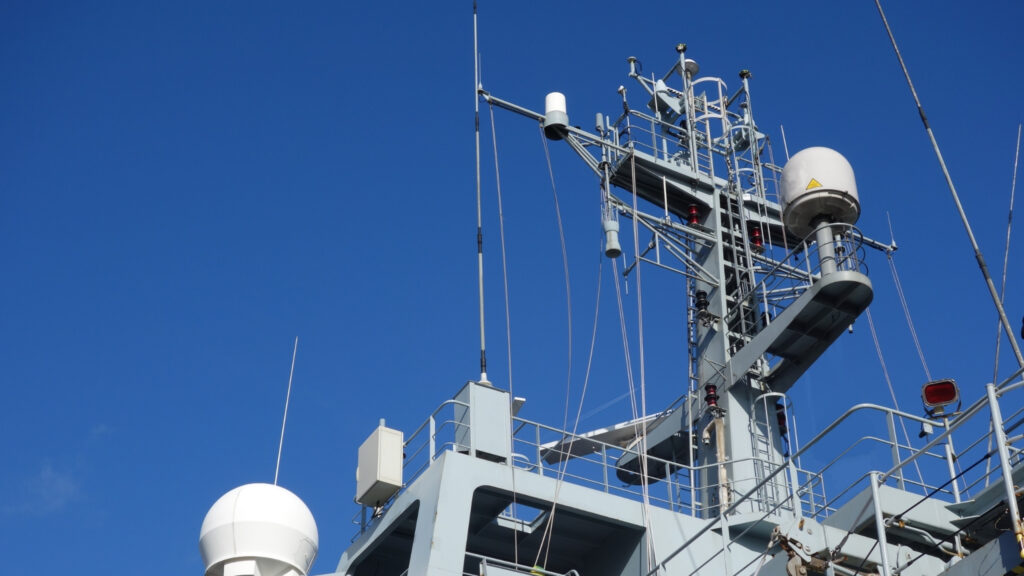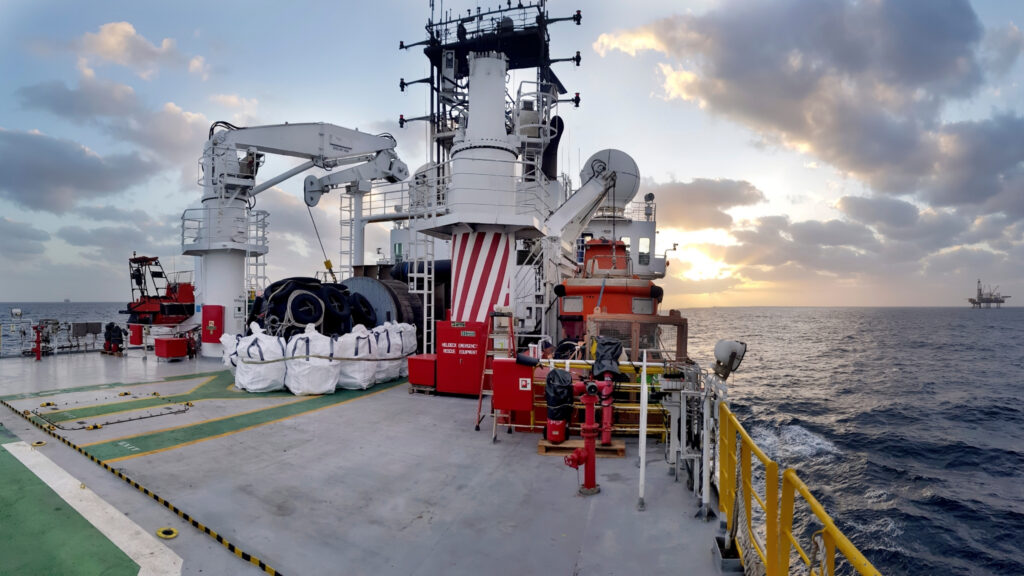Exploration vessels, in a sense, are the modern-day marvels of marine navigation—akin to survey ships but with a twist. While survey vessels share similar designs and capabilities, exploration vessels push the envelope by navigating into harsher, more remote, and often uncharted waters. As their name suggests, these ships are built for discovery, tasked with traveling to hidden locations and conducting critical research across a range of scientific fields.



From hydrography to oceanography, exploration vessels are on the frontline of our understanding of the ocean and Earth’s complex systems. They gather extensive data on hydrographic, geological, and biological conditions, providing invaluable insights into marine ecosystems and geological formations. Their ability to operate in extreme environments, such as the polar regions, underscores their importance for climate and environmental studies.
What Makes Exploration Vessels Unique?
At their core, exploration vessels embody two primary functions: uncovering potential locations of interest and engaging in scientific observation and research. While they may overlap with survey vessels, exploration ships are designed for more demanding tasks and challenging conditions.



For example, if a theorized site harbors valuable oil and natural gas resources, exploration vessels might conduct initial reconnaissance missions to validate these claims. Should the findings support further action, they may then suggest deploying a dedicated survey vessel for an in-depth evaluation—this denotes the duality of purpose that exploration vessels serve.
Capacities Built to Conquer the Elements
Exploration vessels are marvels of engineering, built to withstand the rigors of extreme weather. Many are classified as ice-class ships, specifically engineered to cut through thick ice and operate in frigid waters. Their robust construction, often comprised of high-grade steel, marks a clear distinction from conventional vessels, allowing for reliable navigation in the harshest marine environments.
Equipped with advanced electronic and telecommunication systems, these ships are the epitome of modern research capability. They can communicate from remote locations and gather extensive datasets on oceanographic parameters—think physical, chemical, and biological traits—all while braving inclement weather.
A Historical Perspective
Exploration vessels are far from a novel invention; they are steeped in history. Long before the age of contemporary research vessels, exploration ships began charting the waters, paving the way for human discovery and advancement. For example, Christopher Columbus sailed the Nina, Pinta, and Santa Maria to uncover the Americas, while other powers like the British and Portuguese utilized exploration ships for trade and colonization during the 15th to 17th centuries—a period aptly dubbed the Age of Exploration.
These historic vessels, typified by galleons and carracks, were pivotal in expanding trade and acquiring natural resources during their voyages of conquest. Today, exploration vessels still embody that spirit of inquiry, serving as mobile scientific stations in isolated regions.
Modern-Day Applications
Contemporary exploration vessels have become integral scientific research stations, particularly in extreme environments. Countries like the United States, India, Russia, and China boast fleets of these vessels, designated for a variety of research activities related to climate change, marine biology, and geology.
Furthermore, these ships can serve high-level military and defense purposes, showcasing their versatility and significance in national interests.
Conclusion
Exploration vessels stand at the forefront of marine research, bridging the gap between our understanding and the mysteries of the ocean. With their inherent design, advanced capabilities, and historical significance, they have transitioned from mere tools of discovery to vital assets in the quest for knowledge about our planet.
As we continue to brace for an era marked by climate change and environmental challenges, the role of exploration vessels will undoubtedly expand, emphasizing the importance of sustainable practices and informed stewardship of our vast marine resources. In the courageous spirit of centuries past, exploration vessels are poised to navigate uncharted waters, seeking answers to the pressing questions of our time.